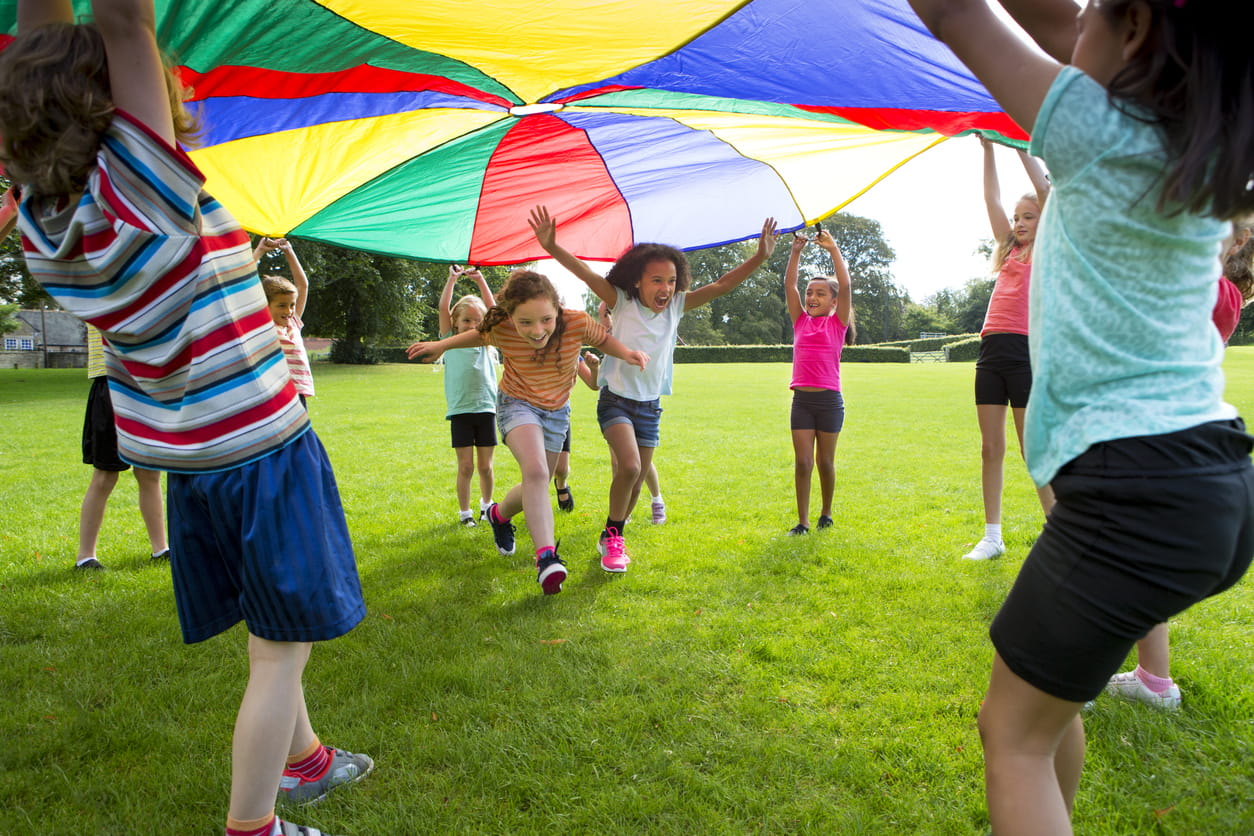Accident and injury prevention tips to keep kids safe

As the days grow longer and the weather warms up, kids are drawn to the outside with an energy that's been bottled up all winter. It's a season of exploration, play and, unfortunately, the occasional scraped knee or bumped head. With a bit of preparation and mindfulness, you can significantly reduce these mishaps so your children can enjoy their time spent outdoors even more.
"Accident and injury prevention for kids doesn't have to be a daunting task. It's about being proactive and creating a safe environment where they can explore and grow," says Annamarie Koller, DO, pediatric hospitalist, Children's Hospital of Philadelphia (CHOP), at Bryn Mawr Hospital, part of the Main Line Health and CHOP affiliation.
Gear up with the right safety equipment
Ensuring your child is equipped with the appropriate safety gear is a pivotal step in accident and injury prevention. When it comes to activities like biking, skateboarding or rollerblading, it is important that kids wear a helmet. Caregivers must also make sure that helmets fit correctly and adhere to the specific safety standards required for their chosen activity. This attention to detail can protect kids against a serious head injury.
Beyond helmets, consider investing in additional protective gear such as knee pads, elbow pads, wrist guards and even sturdy shoes. These pieces of equipment can help cushion falls and provide an extra layer of protection, allowing children to play with confidence.
"Properly fitting shoes can also help kids stay safe, " says Dr. Koller. "Consider comfortable, well-fitted shoes with nonskid soles and a covered toe. And remember — kid's feet grow so quickly, so look for reasonably priced options." Families can aim to find high quality shoes that do not break the budget to keep little toes and feet safe from scrapes and stings.
Establish clear safety rules and boundaries
Navigating the great outdoors is an exciting adventure, but it's also a landscape filled with potential hazards. Open and engaging communication about safety rules and boundaries is an essential part of accident and injury prevention for kids. Before the sneakers hit the pavement and the bikes wheel out of the driveway, take a moment to chat with your children about the dos and don'ts of outdoor play.
Start by discussing the importance of staying within certain areas when playing outside. This might mean setting physical boundaries, like not going past the big oak tree at the park or staying within the backyard. Emphasize the need to always be aware of their surroundings, especially when playing near streets or driveways — reminding them to always stop, look and listen before crossing the street to ensure it's safe.
"Incorporating these discussions into your routine not only helps reinforce crucial safety measures but also builds a foundation of trust and understanding between you and your child," says Dr. Koller. "If a family creates an outdoor safety plan together, children will become more confident as they follow the rules and enjoy their outdoor playtime while staying safe."
Kids are curious and adventurous by nature. By establishing clear safety rules and boundaries, you're providing them with the guidelines they need to explore, play and learn safely. It's about making sure they understand their limits and the reasoning behind them, empowering them to make smart, safe decisions while they're out having fun.
Encourage hydration and sun protection
Hydration and sun protection play a crucial role in ensuring their time outdoors is as enjoyable as it is safe.
"It's easy for children to get caught up in the fun and forget about the need to drink water, especially during the warm, sunny days. Encourage regular water breaks, reminding them that staying hydrated is key to keeping their energy up and their bodies cool," says Dr. Koller.
Applying sunscreen should become as habitual as putting on their shoes before heading out. Families should search for broad-spectrum sunscreens with a sun protection factor (SPF) of at least 15 to 30. You should also try to avoid sunscreens with the ingredient oxybenzone.
"Try to involve your kids in applying their own sunscreens. Sunscreen stick products make it easy for little hands to handle and apply," says Dr. Koller.
Children should reapply every two hours or immediately after swimming or sweating and can add an extra layer of protection, dressing in UV-protective clothing, wide-brimmed hats and sunglasses can shield their delicate skin and eyes from the sun’s more harmful effects.
By integrating these essential practices into their daily lives, we help set our children on a path of understanding the significance of personal safety and health — all while encouraging them to have fun outdoors. Through this knowledge, they are empowered to make the best choices for their wellbeing.
Next steps:
Meet Annamarie Koller, DO
Learn more about pediatric care at Main Line Health
Tips for helping your children use social media mindfully
 Content you want, delivered to your inbox
Content you want, delivered to your inbox
Want to get the latest health and wellness articles delivered right to your inbox?
Subscribe to the Well Ahead Newsletter.
